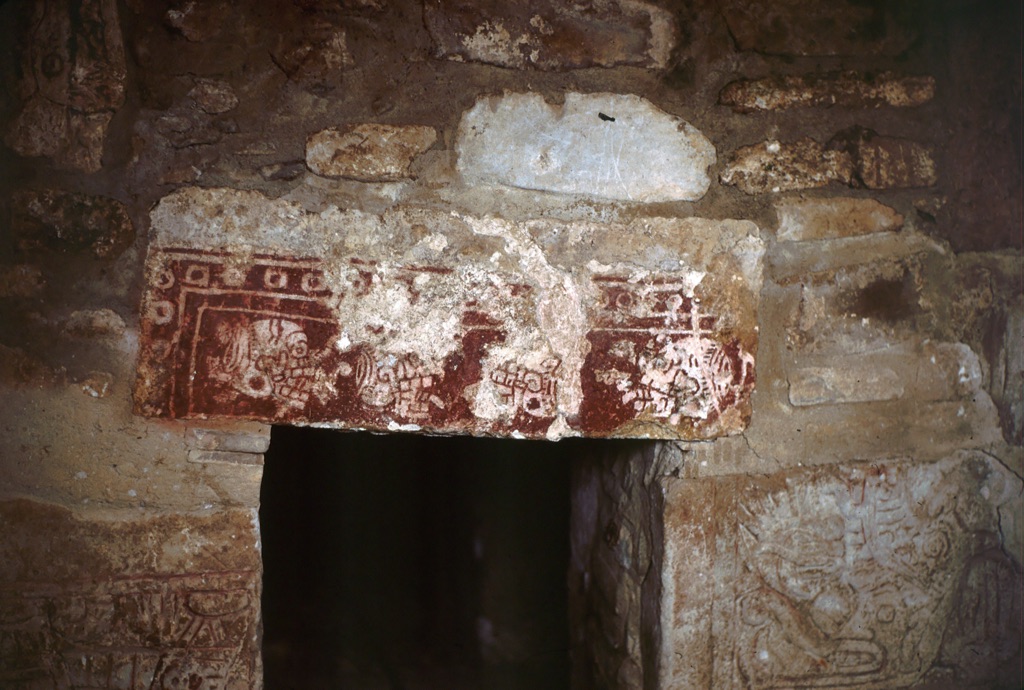San Pablo Huitzo is a Zapotec village with a rich historical tapestry. Nestled in the Central Valleys of Oaxaca, Mexico, it stands as a testament to the Zapotec civilization’s ingenuity. The village is known for its archaeological significance and the remnants of structures that echo the past. It offers insights into the lives of the Zapotec people, their culture, and their contributions to Mesoamerican history.
Get your dose of History via Email
Historical Background of San Pablo Huitzo Zapotec Village
The discovery of San Pablo Huitzo dates back to the early 20th century. Archaeologists stumbled upon this gem while exploring the breadth of Zapotec civilization. The village’s origins trace back to the Zapotecs, a pre-Columbian civilization known for their architectural and astronomical prowess. They built the village, which later saw various inhabitants over the centuries.
The Zapotecs established San Pablo Huitzo during the late Postclassic period. They were master builders, creating structures that have withstood the test of time. The village’s strategic location made it a focal point for trade and cultural exchange. This contributed to its growth and significance in the region.
Over time, San Pablo Huitzo witnessed several historical events. It became a melting pot of cultures as different groups passed through. The village was not just a residential area but also a center for ceremonies and governance. Its history is a mosaic of the various phases of Zapotec civilization.
The Spanish conquest introduced new dynamics to the village. The Zapotecs faced the challenge of preserving their culture and identity. San Pablo Huitzo became a site where the collision of indigenous and Spanish cultures is evident. The impact of this period is still visible in the village’s architecture and artifacts.
About San Pablo Huitzo Zapotec Village
San Pablo Huitzo is a marvel of Zapotec architecture. The village’s layout reflects the civilization’s advanced understanding of urban planning. The buildings are primarily constructed from local materials, including stone and adobe. These materials ave contributed to the longevity of the structures.
The architectural highlights of San Pablo Huitzo include remnants of temples, plazas, and homes. The temples stand as a testament to the religious significance of the site. The plazas were likely used for public gatherings and ceremonies, indicating the village’s social structure.
The construction methods of the Zapotecs were ahead of their time. They employed techniques that ensured stability and durability. The use of platforms and terraces helped manage the hilly terrain. This ingenuity is a hallmark of Zapotec construction.
Theories and Interpretations
Several theories surround San Pablo Huitzo, particularly regarding its use. Some scholars suggest it was a ceremonial center, while others believe it was a hub for trade. The true purpose of the village may have been a combination of both.
Mysteries shroud San Pablo Huitzo, especially in the absence of written records. Archaeologists rely on the physical evidence to piece together the village’s history. The artifacts found on-site help interpret the daily lives of its inhabitants.
Matching the village’s features to historical records is an ongoing process. The stone carvings and architectural designs are compared with other Zapotec sites for a broader understanding. This comparative analysis has been crucial in forming a coherent narrative of the village’s past.
Dating San Pablo Huitzo has involved various methods, including stratigraphy and radiocarbon dating. These techniques have helped establish a timeline for the village’s occupation. The results point to a long history, spanning several centuries.
The interpretations of San Pablo Huitzo continue to evolve as new discoveries are made. Each finding adds a piece to the puzzle, enriching our understanding of the Zapotec civilization. The village remains an active site of research and discovery.
At a glance
Country: Mexico
Civilization: Zapotec
Age: Late Postclassic period (approximately 1300-1521 AD)
Conclusion and Sources
The information in this article has been gathered from reputable sources, ensuring accuracy and reliability. These sources include:

